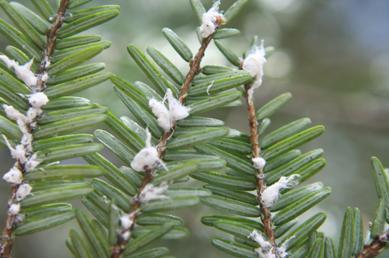
Naturalist’s Corner
From Great Hollow’s Naturalist, John Foley
Nature’s Gardeners
As fall advances, squirrels, chipmunks, and many other animals can be seen busily preparing for another cold winter by storing up food – a behavior known as “caching.” From late summer onward, squirrels and chipmunks scramble to collect as many nuts as they can in order to make it through the long winter when food supplies are limited and often hidden under snow. The places in which they store their food are known as “caches,” and are usually in the ground, in tree cavities, or even in our attics and sheds. A single squirrel can store food in more than 1,000 different caches and remember where they all are! Many birds, such as blue jays and chickadees, are capable of this as well. Their hippocampus, which is the region of the brain that is responsible for spatial memory, actually grows in size for the winter to allow them to amazingly remember the hundreds upon hundreds of places where they stashed their food.
Along with providing a winter food source, caches play an important role in the forest ecosystem. Squirrels, chipmunks, and other food-caching species remember many of their “secret” stashes, but many seeds and nuts are forgotten about or left behind. These forgotten seeds and nuts that have been perfectly planted in the ground will sprout into seedlings. Forgotten caches are a primary way in which many of our trees, such as oaks, hickories, and walnuts, are able to reproduce and disperse. Young trees help form the forest understory, which is an important habitat for many species of mammals, birds, and reptiles, as well as other plants. Although squirrels and chipmunks are sometimes seen as pests and are often underappreciated, if it weren’t for them, our forests wouldn’t be what they are today.

 Previous Post
Previous Post Next Post
Next Post